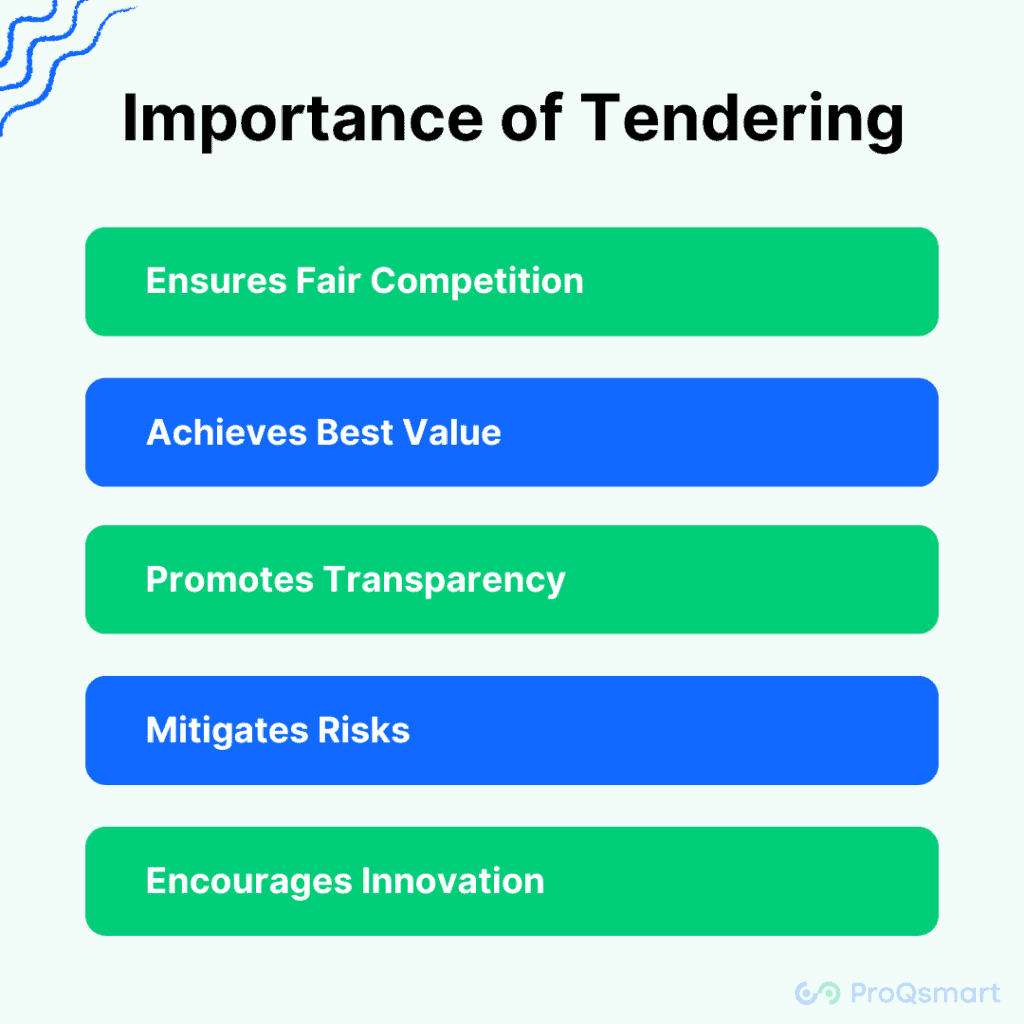Tendering is a fundamental aspect of procurement and project management, providing a structured process for organizations to invite bids for contracts. Understanding the concept of tendering, its definition, and its significance is crucial for businesses aiming to achieve transparency and competitiveness. This guide delves into what tendering means, how it works, and its importance in the business world.
What is a Tender?
Definition:
It is the process by which organizations invite bids from suppliers or contractors for the provision of goods, services, or works. It is a formal, structured procedure designed to ensure fair competition and achieve the best value for the contracting entity.
Key Characteristics:
- Competitive Bidding: Multiple suppliers submit bids to win contracts.
- Transparency: The process is open and transparent to all participants.
- Evaluation Criteria: Bids are assessed based on predefined criteria such as cost, quality, and delivery time.
Meaning of Tendering
It involves several stages that ensure a fair and competitive process:
Preparation: Organizations identify their needs and prepare tender documents.
Invitation: An invitation to tender is issued to potential suppliers or contractors.
Submission: Interested parties submit their bids within a specified timeframe.
Evaluation: Bids are evaluated based on set criteria.
Awarding the Contract: The contract is awarded to the most suitable bidder.
Importance of Tendering

Ensures Fair Competition: Provides a level playing field for all suppliers.
Achieves Best Value: Helps organizations secure the best quality and price for goods or services.
Promotes Transparency: Ensures an open process that can be scrutinized by stakeholders.
Mitigates Risks: Clearly defined terms and conditions reduce the risk of misunderstandings and disputes.
Encourages Innovation: Competitive bidding encourages suppliers to offer innovative solutions.
Types of Tendering
Open Tendering: Anyone can submit a bid, ensuring maximum competition.
Selective Tendering: Only pre-qualified suppliers are invited to bid, ensuring quality and reliability.
Negotiated Tendering: A single supplier is invited to negotiate terms, often used for highly specialized projects.
Single-Stage and Two-Stage Tendering: Single-stage involves one submission, while two-stage involves an initial proposal followed by detailed bids.
Tendering Contracts Definition
Contracts Definition:
Tendering contracts refer to legally binding agreements formed between the contracting entity and the winning bidder. These contracts outline the terms, conditions, and specifications agreed upon during the process.
Conclusion
Tendering is a vital process in business procurement, ensuring that organizations select the best suppliers through a transparent and competitive method. By understanding the definition and importance, businesses can enhance their procurement strategies and achieve better project outcomes. For more detailed insights and resources on processes, explore ProQsmart’s comprehensive guides.


